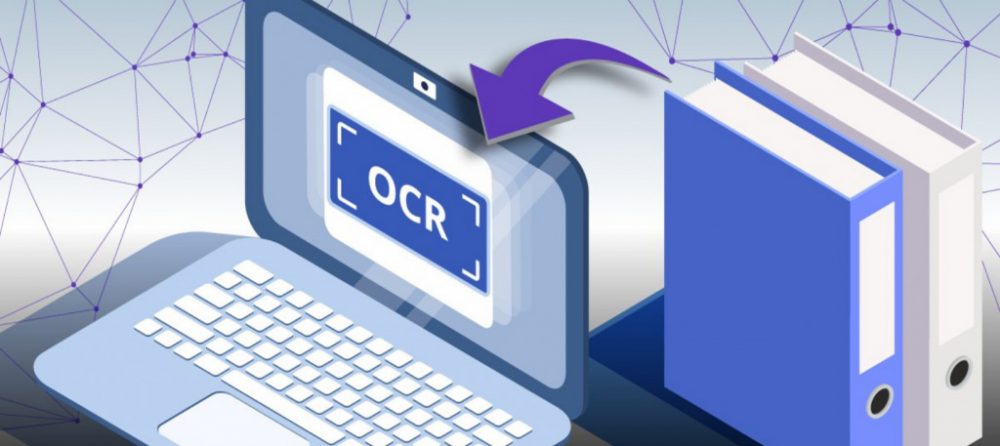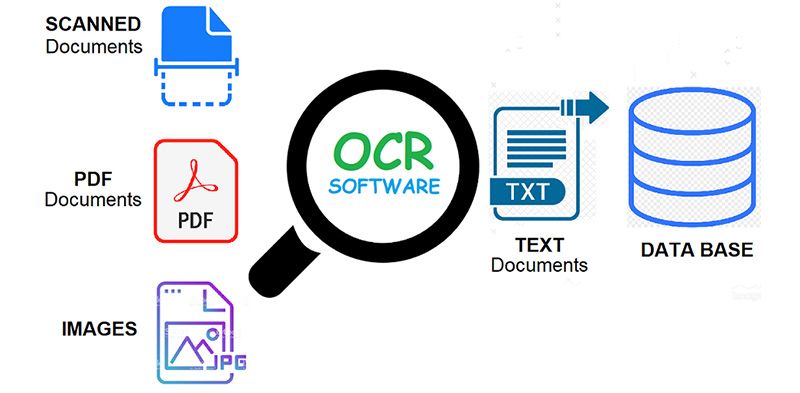September 30, 2021

The demand for automated data entry services is increasing day by day. You might ask the question “Why? Well, these days’ businesses run on information, and having fast, trustworthy access to data is an enormous advantage. If you know better than your business competitor, where to improve and modernize processes, you are part of the successful team.
It is a known fact that data is important to increase your economy, and it is not a huge surprise that companies have a vast craving for it. Though the data gathered is of no use till it is readable, and not all data is easy to read or classified in a way that is easy to translate
Here is where an Optical Character Recognition (OCR) solution is often utilized. OCR digitalizes semi-structured and unstructured data into an easy-to-read and edit format. This enables companies to quickly analyze their information output and turn it into actionable insights. OCR is extensively applied for invoice processing, document search, translation, order processing, etc.
Due to the large amount of raw data that companies collect, it can be difficult to keep up with the digital pace. When you use a traditional OCR solution, you find that not only does it make it difficult to handle large data sets, but it also contributes to a considerable amount of work in addition to wasting time and susceptibility to errors.

To overcome these drawbacks, OCR with machine learning (ML) was developed to meet the current demands of the digital landscape.
Adapting A New Reality with OCR Machine Learning
Traditional OCR usually needs human intrusion to fully capture the data and ensure the end result is error-free.
To tackle the flaws of traditional OCR technologies, Machine Learning OCR became embryonic.
Machine Learning OCR Data Capture enriches traditional OCR by including a layer of context and flexibility.
By adopting OCR machine learning algorithms, companies can automate data entry, eradicate manual processing, and impeccably handle several data sets in real-time. This leads to a minimal amount of work, moderated processing times, and precise error-free data output.
OCR machine learning also helps process a wide variety of data types and languages. For languages, most traditional OCR solutions need single interpreters for each processed language. While machine learning translation competencies are all-in-one, companies can easily translate languages in real-time.
The best instance which uses ML and offers a translation from a common language to any other common language in seconds is none other than Google translate.
In what way Machine Learning OCR Eradicates Manual Data Entry & Traditional OCR
When ML cannot interpret certain data sets, a human can step in to perform the validation. This has the added advantage of training ML on how to handle this process if it ever comes across a similar instance. When it does, it merely follows the instructions it was taught and executes the interpretation process automatically. It also studies pattern recognition and context.
Time and again Machine Learning(ML) can mock people that a real human cannot differentiate between humans and machines. Chat-bots that are used for online customer interactions are good instances of this. When using OCR to capture data from handwritten documents, ML often performs so well in translation that you can mimic in case required.
The main aim of organizations to collect data is to translate the raw data into information and this information into actionable understandings. On the other hand, Machine learning in contrast to traditional OCR has the capability not only to read but to make logical decisions that put data in context.
ML is a kind of data analysis that systematizes the conception of analytical models. Machine learning enables computers to gain access to unseen information through the use of algorithms that frequently inspect and learn from data. However, these digital gems are discovered without the need for programming programs that specifically search for them.
This technology is at present become a significant factor of several developing and reputable businesses for the subsequent reasons:
The basic level of Data Entry is extremely tedious and rote. Evidently, there are many types of data entry, but the goal is the same for all which is to alter the current file or portion of data into a more functional digital medium.
Though, requesting everybody to involve in a data input procedure has some fundamental disadvantages, most of which are correlated to the accuracy and security of the information generated. The most familiar entry errors are transcription and transposition errors, which can be highly expensive on their own.
Furthermore, these errors make it progressively challenging for accurate data entry and data analyst experts to assess the correctness of received data.
On the other hand, Machine Learning (ML) has the ability to benefit the data entry method.
The good news is that the life of the specialists behind the scenes will be stress-free with OCR machine learning utilization.
If you are handling hundreds of simple documents with practically no difference in the layout, a traditional OCR solution is the answer. On the other hand, if there’s a level of complication involved with the documents or you need an entire automated solution for the data entry process, Vision Global is the right option for you.
If you’re reading this article, probabilities are Vision Global is the one-stop solution for you, in case, if you’re still not certain about the choice you want to make, you can always schedule a free demo with us. This will not be a sales call but an effort to identify your business and lead your way!

